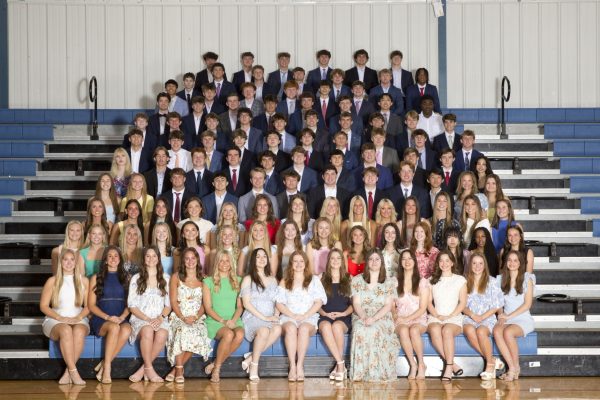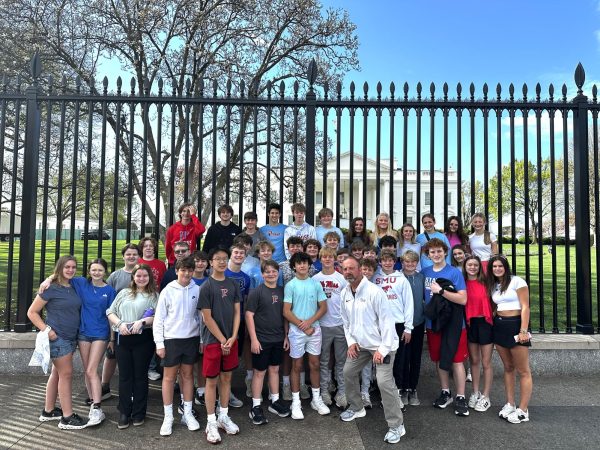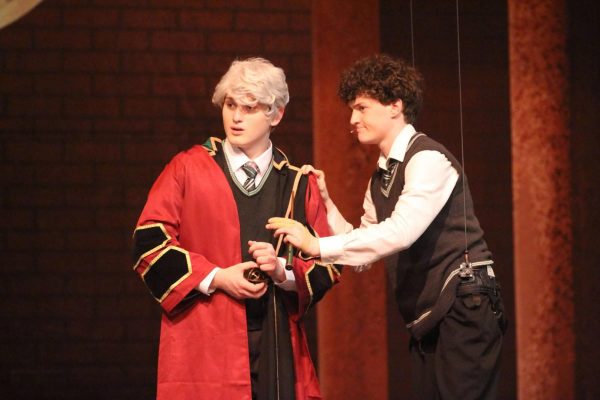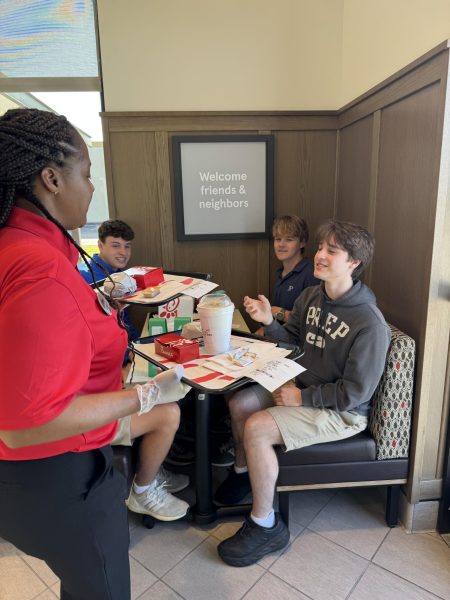Rotating schedule to expand campus-wide
From Issue 6
“How can we help better prepare the junior high students for high school and college?” This was the question that Prep’s Head of School Mr. Lawrence Coco asked himself, which led to the new schedule changes for the upcoming school year.

About a month after this school year started, Mr. Coco decided that he wanted to explore moving the junior high onto the rotating schedule. The reason that the schedule wasn’t implemented in the junior high this year was because the administration wanted to evaluate how the schedule worked in the senior high before moving it to the junior high. The success of this year’s transition in schedule helped make the choice to transition the junior high to the new schedule much easier.
Mr. Coco set up a task force in order to complete the task of fixing the current schedule. The task force was made up of teachers, coaches, and administration, and their goal was to decide whether or not to transition the junior high to a rotating schedule, and, if so, how the transition would occur.
Mr. Coco also asked the students in his Head of School Advisory group to provide input into the decision. The task force ultimately decided that moving the junior high to the rotating schedule was in the students’ and the school’s best interests. “I am very proud of the collaboration engaged in by the faculty, students, and administration, which allowed us to put together what I think is a better schedule than our current one,” said Mr. Coco.
The junior high will have a rotating schedule next year that is similar to the current schedule the senior high has now. The current schedule is getting a few tweaks, with Advisory and activity period being split into two separate periods throughout the day. The advantage to moving the junior high to the rotating schedule will be the additional opportunities for the students to take additional classes in subjects that they are interested, such as art, band, choir, foreign language, drama, to name a few.
Within this new schedule is vocabulary that is important to understanding how the schedule works. The term “bin” is used to designate a specific piece of time in the school day. A bin occurs at the same time everyday of the normal day. There are 5 bins in a school day, but we will usually only speak of 4 because the 5th bin, at the end of the day, contains the same class (carrier) and will usually be referred to as the “fixed” carrier. The bins do not rotate, the time between 8:10 and 9:20 AM is always the first bin and so on through the day.
Also, the term “carrier” means the classes that occur and are designated in either rotating carrier or the fixed carriers. The “rotating carriers” rotate in the bins, so a given carrier will occur in different bins in the three day cycle. The different days of the cycle are labeled A, B, and C. As you look at the schedule, you will see that the different carriers fill the bins on the different days. The “fixed carrier” is the last class of the day that does not rotate but remains fixed. Finally, the word “period” is no longer used in connection with the schedule at Prep.
Another addition to the junior high schedule is the addition of new technology education courses. The plan is to add a course in the seventh grade so that the students can learn the technology basics, with these classes continuing into subsequent grades, increasing the level of instruction in each subsequent year. This will give the students a large foundation of basic knowledge so that they are prepared for life after Prep. This will definitely be beneficial, seeing as the world is moving more and more towards new advances in technology.
Another change is the ability to let the advisory program have more more flexibility and meet more than just one time per week in the senior high. “The research shows that advisory has a larger impact on students if it meets more than once a week,” said Mr. Coco. Currently, the junior high meets one time every day for about 10 minutes, and the senior High meets once a week for about 25 minutes. Now, the advisory group for the junior high and senior high can meet twice a week for about 20 minutes each time.
Students will eat during the 3rd bin with the junior high typically eating at the top portion and the senior high typically eating at the bottom portion. This helps on days when there isn’t advisory because this makes a large time slot for clubs to meet, especially clubs that have junior high and senior high members.
This is the new plan for next year’s schedule, and much preparation was required to put it together.







